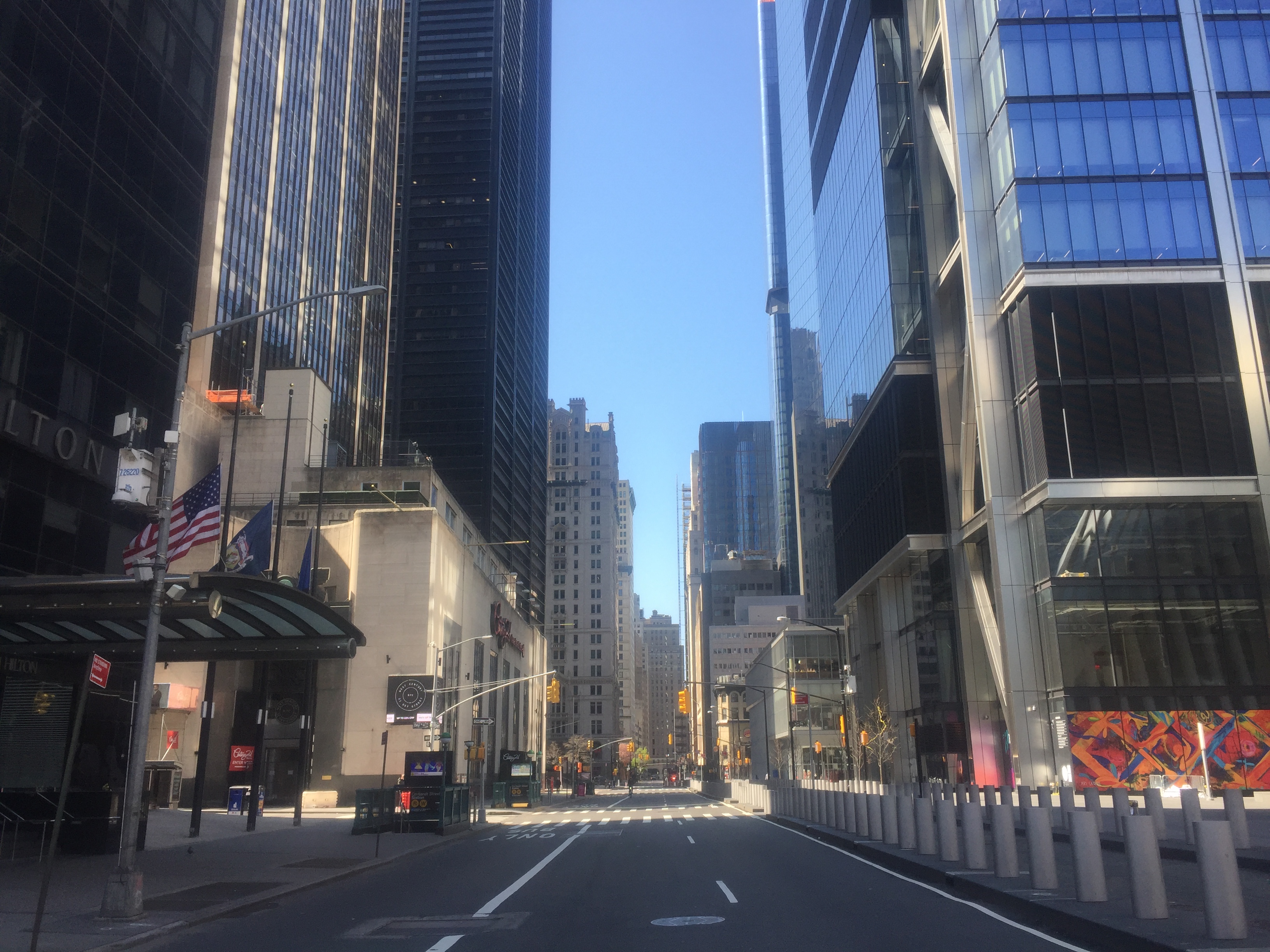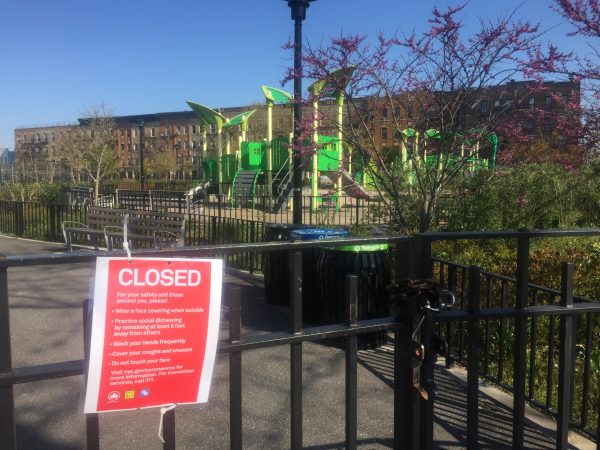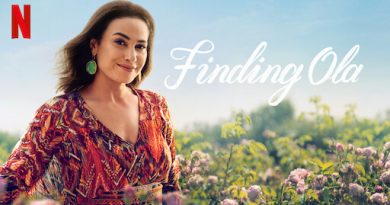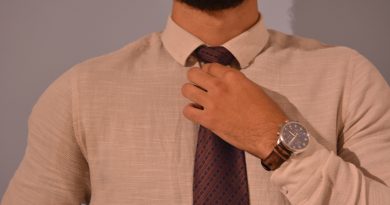Day 30: The Apocalypse Explained at the Center of the Pandemic in NYC
Day 30: April 25, 2020
Global cases: 2,919,404; Deaths: 203,164
Egypt cases: 4,319; Deaths: 307
Engy Mahfouz
Multimedia Journalism Alumna
@ThePineapple___
New York City never fails to live up to its reputation; it is awfully gorgeous. It is loud and overwhelming. The constant reminders start when my eyes hit the brick walls of Brooklyn at every corner street. When I feel the cobblestones under my feet in lower Manhattan. When I hear the unnecessary loud speakers blasting hip-hop beats, car horns everywhere and heated arguments at every street corner.
I am used to the intensity of crowded places, people cursing for no obvious reasons and the no eye contact rule on the subway. Sometimes I lose myself in the crowds crossing the streets just to remind myself that I am part of a whole. A little reminder that New York City will always be beautiful, crazy and bold.
The World Health Organization (WHO) announced that COVID-19 is a global pandemic on March 11. 2020. Only a few days after, New York Governor Andrew Cuomo called for shelter in place, an official order that basically advises people to stay at home.
Within a few hours, the city turns into survival mode as if it was about to witness an apocalypse; people rush into stores hoarding ‘essentials’ while others load their cars with suitcases and boxes to flee the city. Non-stop phone notifications announcing cancelled events. A local band decided to mimic the Titanic and played pieces of music inspired from the sinking-ship scene in an effort to keep everyone calm.
The early days of the Coronavirus felt like a bad dream, supermarkets shelves have been left bare by customers’ panic shopping; there is no more bread, rice, pasta, meat, chicken or beans. There are no more hand sanitizers, wipes or toilet paper. Shopping malls are abandoned as if capitalism no longer rules; New York City is as empty as a deserted piece of land. Everything looks different, even the soundscape of the city is no longer the same. It is definitely quieter except for the ambulance sirens.
For The Caravan‘s previous diary entries in Arabic and English go to our COVID-19 Special Coverage page.
I live in a residential neighborhood in Brooklyn that is full of schools, churches and bodegas. I am used to waking up to the sound of tiny footsteps of kids running to catch the bus; every day I hear this one group of mothers calling their children to wish them a happy day.
I am used to having my neighbors shouting my name and saying “hello young lady, good morning. Have a blessed day”.
Since the shelter at home order, there has been nothing but silence. I am more aware of languages; I look at them as transcripts of people. I listen to what a person says, and I get closer to their culture, one word at a time. Similar analogy could be applied to cities.
A simple walk down the streets of New York City has the potential to introduce the history and culture of the place in a way I never experienced before. I have had many days experiencing New York City well and alive.
Now, it is time to experience it while asleep.
The first two weeks were nothing short of perfect. I felt closer and more connected to my circles of family, friends and loved ones having an abundance of time.
I spent my days watching documentaries, reading books, listening to podcasts, cooking and exercising. A lifestyle I could easily get used to; however, that didn’t last for long. Fears of unemployment, lack of financial security, instability and separation from family and friends rushed into my system.
While I spend most of my time on my telephone and computer, it is always a good peek through my window and I remember that life is still going on. It is true that the absence of something could be what it takes to realize the value of another.




